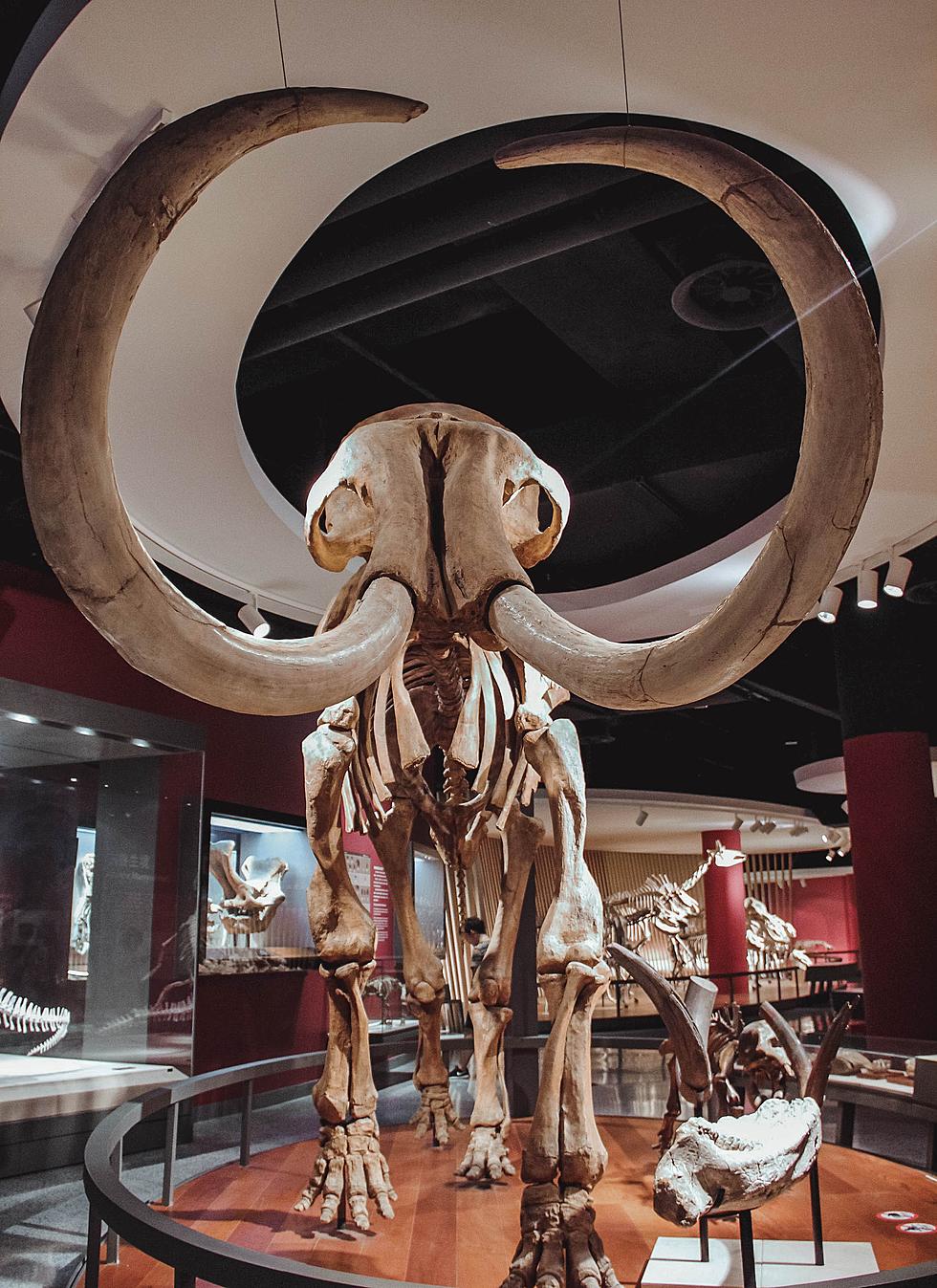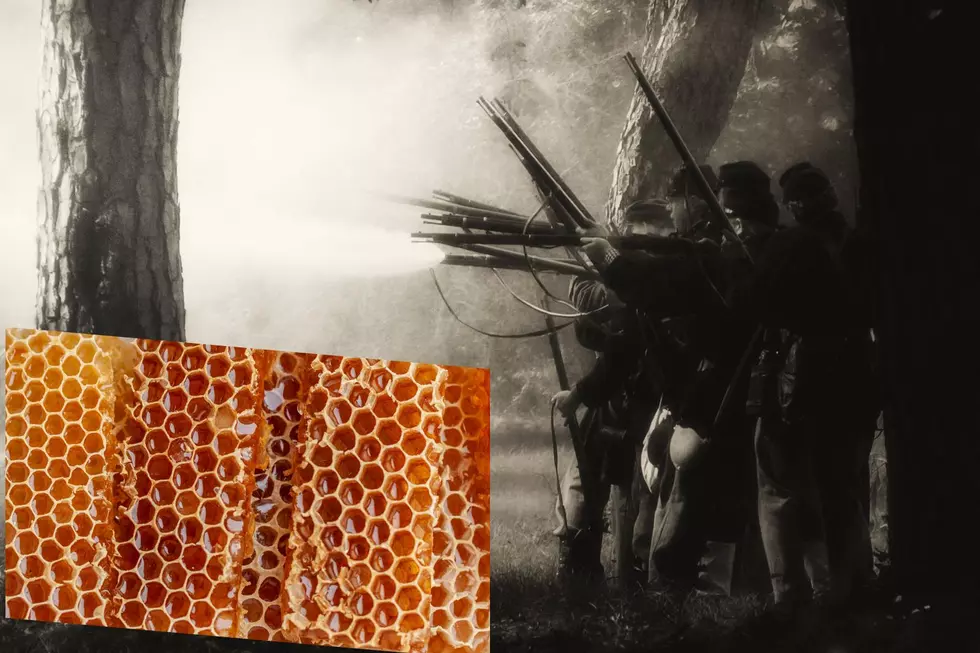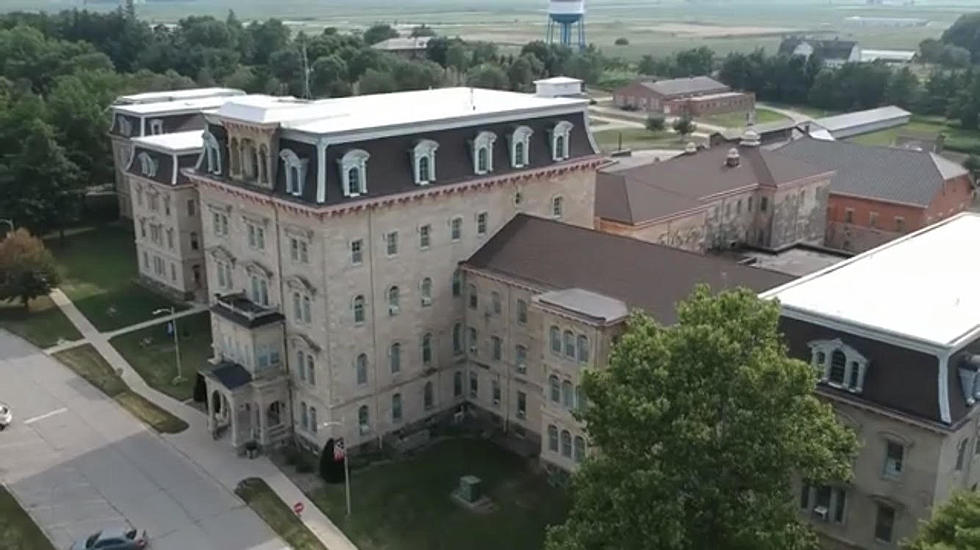
Pre-Historic Fossils Found in Iowa
Today, October 13, is National Fossil Day.
Though finding fossils isn't something that happens regular basis for most Iowans, there have been a few, rather gargantuan finds here in the Hawkeye State.
1. 'Incredibly Bizarre' Sea Scorpion
This fossil, later referred to as Pentecopterus decorahensis, was found in a Winneshiek Shale rock deposit in northeastern Iowa along with more than 150 fossil fragments, according to the BMC Evolutionary Biology journal.
Found in 2015, the discovery was earth-shattering for paleontologists and researchers, as, according to westerndigs.org, "Most sea scorpions were scarcely more than 20 centimeters long [8 inches], but this new species reached lengths of up to 1.7 meters [5.5 feet]." The species was also said to be 460 million years old, which is the oldest discovery to date of this type of arthropods.
Dr James Lamsdell from Yale University had this to say about the find: "The new species is incredibly bizarre. The shape of the paddle - the leg which it would use to swim - is unique, as is the shape of the head. It's also big - over a meter-and-a-half."
2. Whatcheeria
This creature's fossil was first discovered near the town of What Cheer (population 756), and thus, given its name.
Found in the 1990s, the Whatcheeria lived roughly 340 million years ago. According to University of Bristol researcher James Rawson his and colleagues, the “Whatcheeria deltae is among the earliest-branching limbed tetrapods represented by multiple near-complete specimens, making it an important taxon in understanding the vertebrate water-to-land transition."
Also, according to sci-news.com, "The researchers (that found the fossil determined) that Whatcheeria deltae possessed a tall and narrow skull quite unlike many other early tetrapods that were alive at the time."
3. Four-Foot Mammoth Bone
In 2010, a farmer and his sons near Oskaloosa discovered a four-foot long mammoth femur on their property. The bone is dated back 12,000 years.
According to mnh.uiowa.edu, over the next to years "John (the farmer) dug where he originally found the femur and uncovered nearly 20 other bones, including ribs, five articulated cervical vertebrae, and an assortment of terminal phalanges. He enlisted the help of the University of Iowa Museum of Natural History to lead a continued excavation, which lasted for several more years and involved multiple partner institutions and hundreds of volunteers."
The site continues: "As of 2015 the site is thought to contain parts of at least three woolly mammoths, none of them complete. Initially, experts thought some of the mammoths were a different species, the Columbian mammoth, which was the species thought most likely to be found in Iowa. But examination of the teeth suggests that all the individuals are the smaller woolly mammoths."
Oldest Neighborhood in Waterloo -The Highland Historic District - Photos
10 Myths About Iowa That Even Some Natives Believe
More From KXRB






